A chainsaw is a handy tool for domestic and professional use until it stops working and does not start. When your chainsaw does not start, it could cause your work to prevent or setbacks to your ongoing.
However, we have written some common problems and easy solutions when your chainsaw does not start.
When the chainsaw stops working for many users, they think it is time to dump it and find a new one. May the chainsaw would have exceeded the date of its warranty.
Therefore, many owners think it would be better to buy a new one instead of repairing the old one.
But what you do not know is there are simple ways to get them running again at very low to no expense on your own.
Some Common Reasons:
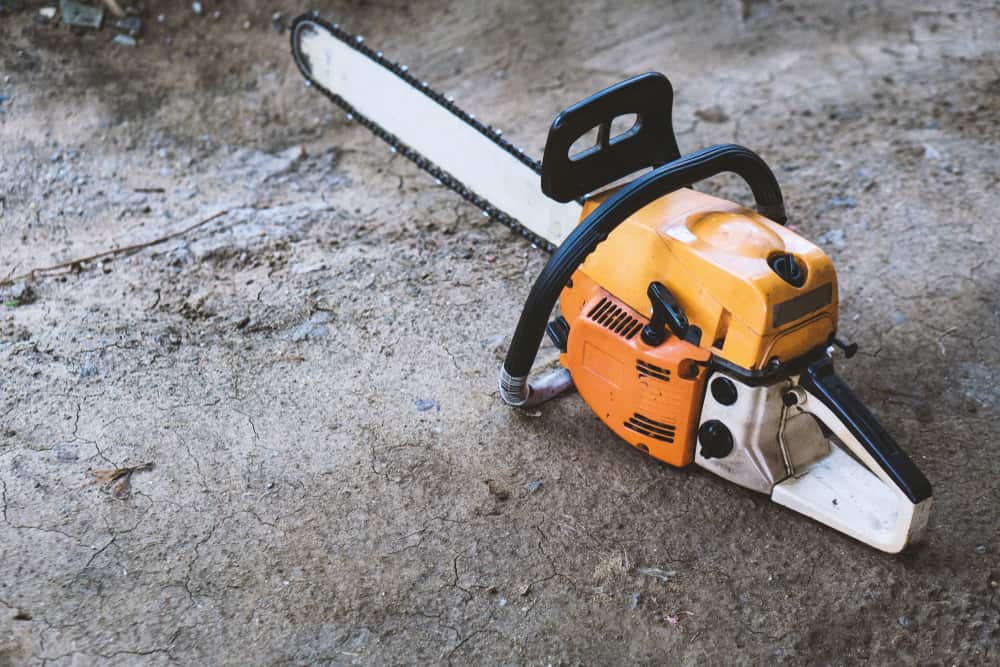
Compression Problems
Maybe you have a compression problem. Place your chainsaw on the ground and lift it with the starter rope.
This will be easy if your compression is in good shape, or if the rope begins to extend as try to pull the cord upward, you have low compression.
The cause of low compression can be crankshafts seals, leaking air, piston, or piston rings.
Fuel Problem
If you have not used it for a while, maybe your fuel is spoilt, you are required to replace it with a fresh one.
But if you are sure that the fuel is OK or even if after refueling the chainsaw, it did not start.
You should check the fuel line for cracks or possible leaks. Do not forget to check the filter. If it is blocked, then use a fuel cleaner to get rid of the dirt. Change the fuel filter if it is damaged.
Air filter/ Spark Arrestor
Combustion is not possible without the proper presence of oxygen. Check whether the air filter of the chainsaw is clogged or not.
If the air filter is clogged, clean it properly, and if it is broken or damaged, replace it with a new one.
Spark Plug Problem
Check your spark plug, whether it sparks or not, by holding the spark plug’s rubber boot and placing the other end on the engine’s metal side.
If you do not notice a spark, clean it thoroughly, and try again. If you are still not getting the spark, it is time for you to buy a new one and replace it.
Inspect Clutch Pads
If your engine has started, but the chains are not running, it could because of worn-out clutch pads. When the clutch wears out, they fail to engage the clutch drum that enables the chain to turn.
Check the clutch pads, and if they are worn-out, the assembly will be required. Another possible reason can be that the chain is not running as if the stop lever is not activated. Make sure that it is disengaged first to ensure that it is not the problem.
The Basic Mechanic of a Chainsaw
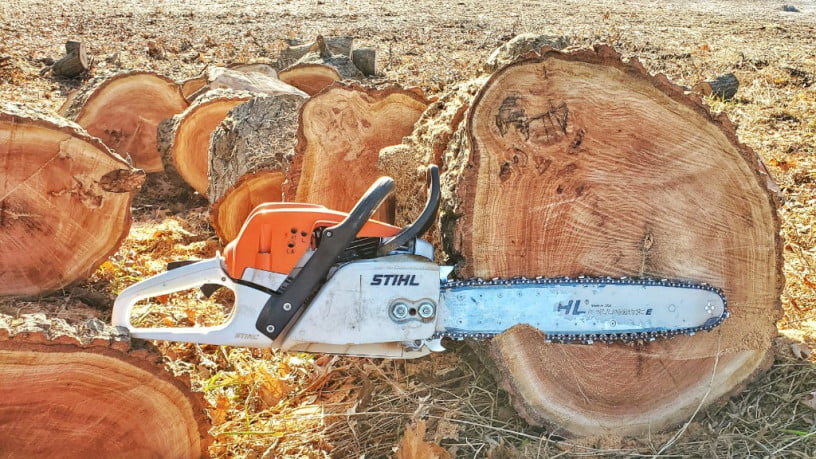
Now to know precisely what the reason might be your chainsaw is not starting, it is a good idea to dive into the whole mechanism of a chainsaw.
There are different types of chainsaws available, so there’s very minimal specifics that can be mentioned regarding a mechanism that works for all.
A chainsaw can cut through wood and is a portable device. One common thing that you would find in every other chainsaw is that it operates on an engine. Steel Blade is an essential part of a chainsaw too.
The primary purpose being chopping off logs, a lot of energy is given to the chainsaw in the form of fuel. The gas tank holds around 0.5 liters, which is enough to cut through the limbs of trees and lumbers.
The chain of the saw is supposed to run alongside the guide bar. Comparing it to a car, its gas tank holds 55-60litres, which is more than 100 times what a chainsaw would have.
Piston is also an essential part of the mechanism. The cylinder welcomes the piston into it, and that helps in turning the gears.
A cylinder is essential because that is the part of a chainsaw’s mechanics that list up using a spark plug. The fuel is lit, releasing enough energy for the chainsaw to work through the piston doing its movements. The repetitive movement is what serves the purpose of a chainsaw.
When you understand the functionality of a chainsaw, you will get an idea about the probable cause of why your chainsaw is not starting. Many things might go south ways, even if you own the best quality model over time.
This is where having the necessary knowledge about the mechanism of the chainsaw comes in handy.
Predicting a problem and fixing it accordingly is the right way of dealing with things, if not the best way. Knowing the mechanism of a machine automatically makes it easy to be repaired.
Starting Your Chainsaw
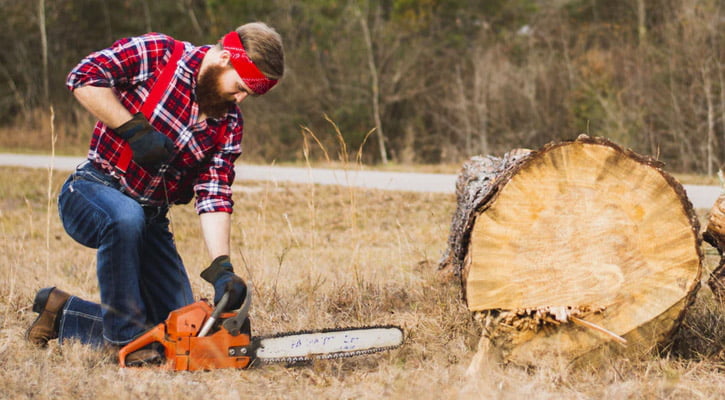
If you have ensured that everything is fine, your chainsaw will not start, no matter how many times you try to pull the starter.
While starting the chainsaw, you need to be sure that you are starting the chainsaw properly. A chainsaw should be started delicately, which means there are many small procedures that you are not supposed to forget.
It could also be dangerous for the person if they incorrectly start the chainsaw. So, to help you start the chain saw with ease, we have explained the process briefly.
Step 1: Place the Chainsaw on a Flat Ground
After removing the cover, the chainsaw should be placed on flat ground because starting it in the air or an uneven surface is not ideal.
Step 2: Activate the Chain Brake
Placing your foot on the chainsaw handle while leveling it on the ground is an excellent idea because the chances of the force hitting back on you become way too less.
Along with it, the chain brake must be activated, thus making it not rotate on the bar. This is a crucial step towards safety.
Step 3: Engage the Smart Start Decompression
A feature called decompression control comes in handy while starting up your chainsaw. Not all types of chainsaws have this feature, but if you do, do not forget to push it in for better safety and a smarter start to your chainsaw.
Step 4: Press the Fuel Pump
The fuel primer bulb is supposed to be clicked until you see fuel rolling inside it. This feature allows you to see the fuel for an easier start-up with fewer pulls to start the machine when you press the button a few times.
Step 5: Pull the Rope
The chainsaw should lie on the floor while one of your feet is on the rear handle, and your hand is holding the top handle firmly. Pulling the rope that comes with any chainsaw starts it up.
The cutting blade should not also be on the floor while the chainsaw starts up. The pulling action must be smooth and fast, almost like you are in a hurry.
With the saw lying still on the ground, place your right foot on the rear handle of the saw while firmly holding the top handle with your left hand.
Make sure that the cutting attachment is not in contact with the ground before you initiate pulling the starter. A smooth, quick motion to pull the starter is advised.
However, you need to give attention to several things, which can cause problems while starting the chainsaw after rectification.
Cold Weather: If you live in a very cold region or you have left, you have not used your chainsaw for a few hours, getting it to start can be a little troublesome. All you need to do though is find a part called choke on the chainsaw and pull it to get the head start.
Throttle Timing: When you start a chainsaw, you are supposed to hit the throttle to achieve the speed that you need. However, holding it for way too long will not make you achieve the speed but make the machine stop.
Stubborn Starter: The engine is the part in a chainsaw that determines how difficult it would be to start it. A big engine would require more and more tension.
So, it would be best for you if you gave it a few tries. Getting a soft starter in your chainsaw is always a blessing because the time taken to start minimizes to a considerable extent.
Step 6: Push the Throttle Halfway
You need to push the throttle halfway and pull the rope until the saw starts running. As soon as the engine powers on, you can accelerate it to keep the engine active.
If your chainsaw engine starts up and dies right away, you may need to move the Mater lever to open the choke.
You must Touch the throttle button once again to reset the Master lever to its standard-setting when you have successfully started the chainsaw.
Verdict
If you are a person whose chainsaw is not starting and you do not want to buy a new one, following these instructions may rectify your problem.
If you cannot resolve this issue, try seeking a professional’s help. Maybe you can get your chainsaw fixed at a low cost.

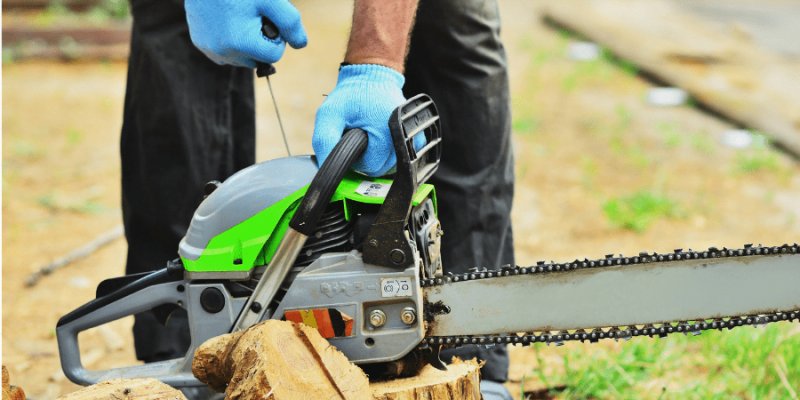

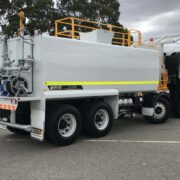









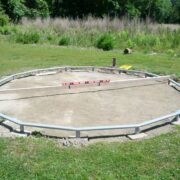
Comments